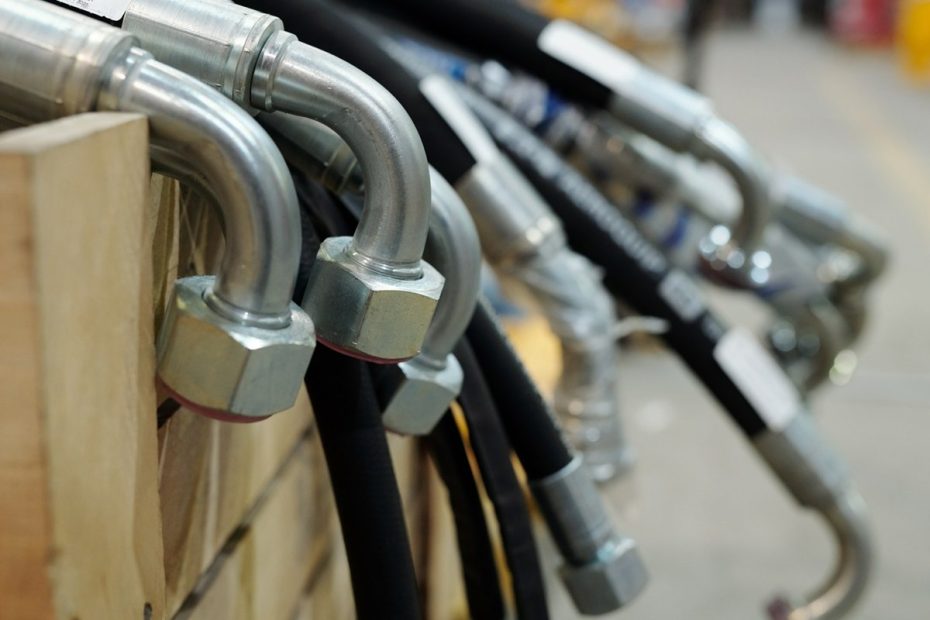Brake coupling hoses are used between two adjacent cars to continue the air flow between the brake lines.
These hoses connect the various braking system components of the railcars’ air brake system and provide air pressure transfer.
Components of air-brake hoses
- textile-rubber hose
- gladhand right or left
- End fitting 1 ¼”
- clamps – 2 pcs.
- replaceable sealing ring
Also, check out our article about brake cylinders.
Types of brake sleeve
Depending on the requirements of the system and the specific needs of the wagons, coupling sleeves can be divided into two types:
- Brake hose for low pressure
- Brake hose for high pressure
They are usually made with a length of L = 620 mm for wagons and L = 730 mm for locomotives.
Read more about the train braking system.
Inspection and maintenance
Regular inspection and maintenance of brake coupling hoses is essential for the safety of passengers and train personnel.
Brake hoses with worn places, cracks or exposure of the textile layer, and also with a service life of more than 5 years, must be replaced with new ones.
The gladhands and end fittings of the brake sleeves must be in good condition without cracks or breaks.
The sealing rings in the coupling heads (pipes) must be replaced with new ones.
When working with the brake system, it is important to note that the brake coupling sleeves are properly installed and tightened correctly.
Additionally, it is important to use only quality and compatible coupling sleeves to ensure proper system operation.
Conclusion
Brake coupling hoses are an important part of the railway braking system. They allow air pressure to be transferred from one part of the system to another and act as a link between the components of the braking system.
Regular inspection and maintenance of air-brake hoses is essential to railway safety and should be carried out by qualified technicians
Check out our comparison page about vebeo fittings.
Find more useful information on our blog.
